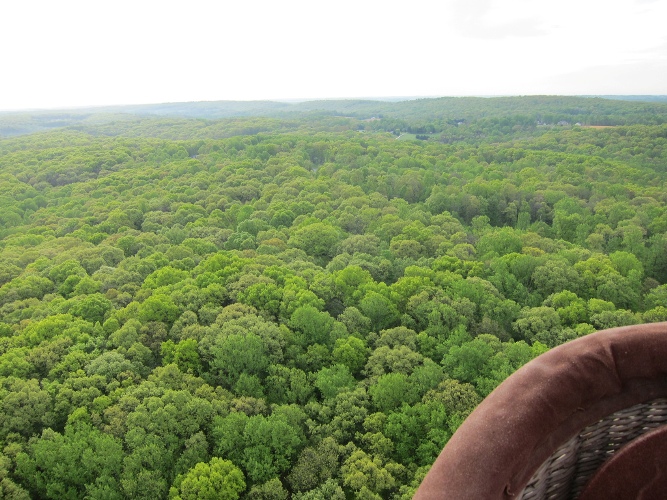Brian Stupak, Northeast Region Outstanding Inspector of the Year
 Like many foresters, Brian Stupak’s
love of trees began in childhood. “My parents, who were from Philadelphia,
bought three acres of land in the woods away from the city. That was the
beginning,” Stupak recalls.
Like many foresters, Brian Stupak’s
love of trees began in childhood. “My parents, who were from Philadelphia,
bought three acres of land in the woods away from the city. That was the
beginning,” Stupak recalls.
A career in forestry wasn’t certain until Stupak, who is the American Tree Farm System’s® (ATFS’s) 2013 Outstanding Inspector of the Year for the Northeast region, was deciding on his college plans. “I was torn between aerospace engineering and forestry,” he remembers. “Choosing forestry as a career came down to the fact that I didn’t want to spend all my days in an office.”
In the 16 years since he graduated from Colorado State University with a degree in forest management, Stupak’s “office” has been a mix of rural, suburban and urban forests in Maryland, where he works as an inspecting forester for the Maryland Department of Natural Resources.
“My primary responsibility is helping forest landowners manage their land to its best potential,” Stupak says. “I work with a lot of Tree Farmers. Tree Farm is very popular around here.” The forester helps raise awareness for ATFS by organizing landowner tours of ATFS-certified woodlands. He has also hosted tours of a Maryland sawmill and the Smithsonian Research Center in a nearby county.
Being a forester in a state with a rapidly growing urban and suburban population isn’t always easy. “Forest fragmentation is the biggest challenge in this part of Maryland,” he says. “The landowners I work with own anywhere from five to 500 acres, and my task is to fit the right prescription to the right land. If they own five acres, a timber harvest probably isn’t in their future, but I can assist with soil and water issues, wildlife management and other things to help them manage their property well.”
 Teaching landowners the skills they need for
good woodland management increasingly means helping them cope with the threats
posed by insects and disease, which are on the rise in Maryland forests. “ The
emerald ash borer has expanded its range since it first appeared in southern
Maryland in 2004,” Stupak says. “We’ve tried and failed to eradicate it, so now
we focus on control. “
Teaching landowners the skills they need for
good woodland management increasingly means helping them cope with the threats
posed by insects and disease, which are on the rise in Maryland forests. “ The
emerald ash borer has expanded its range since it first appeared in southern
Maryland in 2004,” Stupak says. “We’ve tried and failed to eradicate it, so now
we focus on control. “
Wildland fires also present a challenge. “ Fire is a problem in Maryland just like it is in the West,” he notes, “but here, people aren’t as familiar with what a big threat it can be. Part of my job is educating them about how easy it is to prevent fire using simple, common-sense practices.”
When he’s not helping landowners deal with fire hazards in their Maryland woods, Stupak spends his spare time fighting fires in the West with a crew from the Maryland Department of Natural Resources. He has served on 20 fire crews since his first trip to Montana in 2000. He also enjoys the much less dangerous—but no less satisfying—activities of woodworking, kayaking and cycling.










Comments: